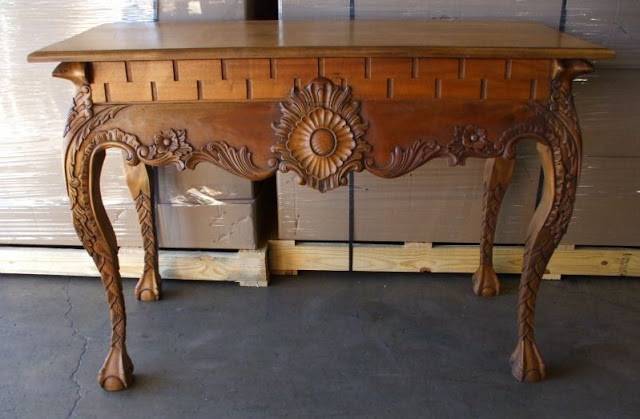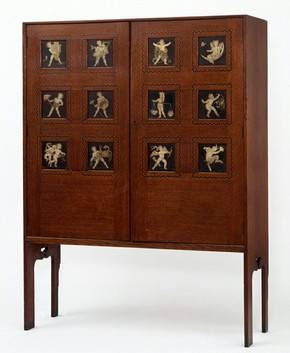Knowledge Center
Related Articles: History of British Furniture Styles
Regency Classicism (1800-1830)
Gothic Revival Victorian Period (1830-1900)
Aestheticism (1870 - 1900):
Aestheticism emphasized the importance of art above everything else and the pleasure to be found in beautiful things. It was a complex mixture of sources from Greek, Roman and Gothic styles and the arts of Asia. The peacock feather became an icon of this style. Sunflowers were another popular motif. Strong, simple colors were favored.

Arts and Crafts (1860 - 1910):
This movement developed as a reaction against the growing industrialization and commercialization of Victorian Britain. Truth to materials was the foremost principle, and simple forms were the hallmark. There was no unnecessary decoration and the actual construction was often exposed. Nature was an important source of motif, featuring flat, organic shapes and patterns as was the vernacular, or domestic, architecture and design traditions of the British countryside. Native oak was often used for furniture.

Source: The V&A Guide to Period Styles by Anna Jackson